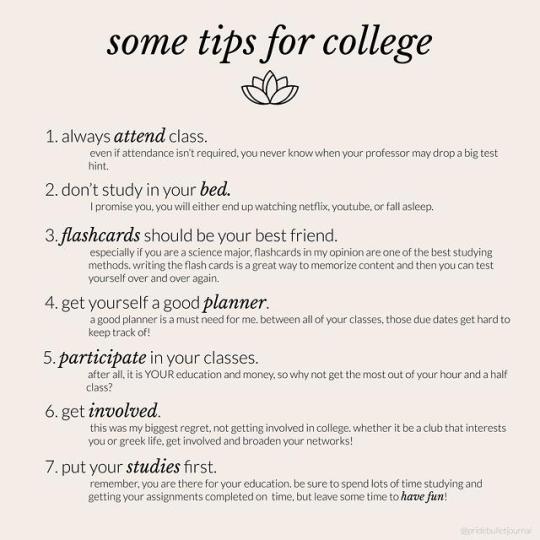Filipino |Science Education Degree | LPT| Currently Taking Master's
Don't wanna be here? Send us removal request.
Text
“Forgive me if I don’t talk much at times. It’s loud enough in my head.”
— Unknown
2K notes
·
View notes
Text
Had a blast with my friends yesterday that we forgot the time.
It is okay to take a break from studying, it is still healthy and productive 😘😘



0 notes
Text
Me as a teacher at 22: Black dress pants with matching blazer, solid color button up, flats, full face make up.
Me as a teacher at 36: leggings with dinosaurs, oversized hoodie, zip up boots, mascara and chapstick.
371 notes
·
View notes
Text
How the sounds we hear help us predict how things feel
Researchers at the University of East Anglia have made an important discovery about the way our brains process the sensations of sound and touch.
A new study shows how the brain’s different sensory systems are all closely interconnected – with regions that respond to touch also involved when we listen to specific sounds associated with touching objects.
They found that these areas of the brain can tell the difference between listening to sounds such as such as a ball bouncing, or the sound of typing on a keyboard.
It is hoped that understanding this key area of brain function may in future help people who are neurodiverse, or with conditions such as schizophrenia or anxiety. And it could lead to developments in brain-inspired computing and AI.
Lead researcher Dr Fraser Smith, from UEA’s School of Psychology, said: “We know that when we hear a familiar sound such as a bouncing a ball, this leads us to expect to see a particular object. But what we have found is that it also leads the brain to represent what it might feel like to touch and interact with that object.
“These expectations can help the brain process sensory information more efficiently.”
The research team used an MRI scanner to collect brain imaging data while 10 participants listened to sounds generated by interacting with objects - such as bouncing a ball, knocking on a door, crushing paper, or typing on a keyboard.
Using a special imaging technique called functional MRI (fMRI), they measured brain activity throughout the brain.
They used sophisticated machine learning analysis techniques to test whether the activity generated in the earliest touch areas of the brain (primary somatosensory cortex) could tell apart sounds generated by different types of object interaction (bouncing a ball, verses typing on a keyboard).
They also performed a similar analysis for control sounds, similar to those used in hearing tests, to rule out that just any sounds can be discriminated in this brain region.
Researcher Dr Kerri Bailey said: “Our research shows that parts of our brains, which were thought to only respond when we touch objects, are also involved when we listen to specific sounds associated with touching objects.
“This supports the idea that a key role of these brain areas is to predict what we might experience next, from whatever sensory stream is currently available.
Dr Smith added: “Our findings challenge how neuroscientists traditionally understand the workings of sensory brain areas and demonstrate that the brain’s different sensory systems are actually all very interconnected.
“Our assumption is that the sounds provide predictions to help our future interaction with objects, in line with a key theory of brain function – called Predictive Processing.
“Understanding this key mechanism of brain function may provide compelling insights into mental health conditions such as schizophrenia, autism or anxiety and in addition, lead to developments in brain-inspired computing and AI.”
62 notes
·
View notes
Text

06/12/2022 : Tuesday
My buddy, while waiting for my order at McDonald's... she is a stray, and i wish i could bring her at my place, but pets are not allowed 🥲
0 notes
Text
How I study...
This is not a studyblr that it used to be but I still want to share the changes how I study before and now (I just graduated and I am now studying for board exam ~ )
Before...
I tend to stay up till morning , trying to stay awake and study the materials or what I needed to study or for quiz and exams.
Now..
• Focusing on high-yield topics first
• Get enough sleep
• Doing practice tests before and after studying the material
Don’t make your own flashcards and practice tests it takes so much time , just look for the premade available online that fits the lesson that you need to study this ensures you spend more time and energy actively engaging with the study material., or if there's a lot of time to prepare for exam you can make one flash cards do help , but in my case practice test is much more effective.
that's all , and I hope you have a great day ahead ! don't forget to take care of yourself :)
4 notes
·
View notes
Text
my oversized sweatshirt will protect me from Everything
132K notes
·
View notes
Text
PLEASE HELP IF YOU CAN
Currently, I'm unemployed and actively seeking a full-time job because the last time I had a part-time job was in September. In my country, one can only work a part-time job as a student, and since I graduated, that's no longer possible for me.
I knew this was coming months before, but my mom has had a ruptured brain aneurysm and a hemorrhagic stroke, and I had to pay for some of her medical bills because she didn't have insurance (the majority of which still need to be paid for, but I managed to reach an agreement with the hospital) and quite a lot of her other debt, so I used up all of my savings.
Sadly, the law in my country states that if you have worked a part-time job before applying at the Employment Center, no matter how small the income you received, you are not entitled to cash benefits until at least a month has passed since the last paycheck.
If you can please donate to my Paypal, I only need a few dollars for food to get through the end of the month, and I'm sure next month I will already be back on my feet.
https://www.paypal.me/n3ndoscorner
REBLOGS ARE APPRECIATED!
12 notes
·
View notes
Photo

It is Sunday !
After going to church with my cousin , we grab some coffee she ordered iced caramel macchiato and I ordered venti sweet vanilla cold brew with extra cold foam. We had a nice chat while admiring the ambiance of the Starbucks branch we’ve been to, it is not that busy there is a lot of student studying too, which makes me want to bring out my laptop or notebook and unfortunately I don’t bring any haha.
QUESTION:
What is your go to drink at Starbucks?
0 notes
Text
Taking Notes
/Found this in my drafts/ 2020
not a tips but I just want to share haha ... so here are some of my notes from Anatomy and Physiology class ...
In reality during lecture this is how I take notes , and I believe that you’re the only one who can understand your own notes completely ~ well I know not everyone is like that , but I know we have our own styles ...
Based on Edgar Dale Cone of Learning , we tend to remember ...
10 % of what we Read
20% of what we hear
30 % of what we see
50% of what we hear and see
70 % of what we write and say
90% of what we do
well at times I tend to recite my notes and there is a lot of information I retain

Like this one, sometimes I draw a diagram it helps me to understand and remember it better ~
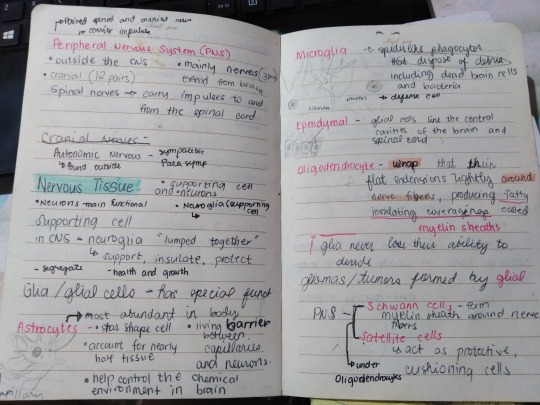
13 notes
·
View notes
Text
Welcome to Mio’s Journal
Hello, Mio here ! and this is a personal blog ... well I started here as study blog but I just graduated and I want to continue writing a blog that became my outlet, and I just love to write and share (which I barely do in real life haha)
If you’re still reading this Thank you ! , and thank you for stopping by if you continue to scroll bare yourself because there is no aesthetic post here just like myself and my life LOL
you can also find me here:
Instagram
xoxo
1 note
·
View note
Text
BATCH 2022
Hello to my mini community (my followers haha) and to study tumblr after a long period of being hiatus I already Graduated last August 17, 2022, and before I update my info here as a reviewee for teacher’s board exam/ Licensure Examination for Teachers I want to congratulate Batch 2022 !! I am also proud of you
0 notes
Text
How expectations influence learning
During learning, the brain is a prediction engine that continually makes theories about our environment and accurately registers whether an assumption is true or not. A team of neuroscientists from Ruhr-Universität Bochum has shown that expectation during these predictions affects the activity of various brain networks. Dr. Bin Wang, Dr. Lara Schlaffke and Associate Professor Dr. Burkhard Pleger from the Neurological Clinic of Berufsgenossenschaftliches Universitätsklinikum Bergmannsheil report on the results in two articles that were published in March and April 2020 in the journals Cerebral Cortex and Journal of Neuroscience.
The neuroscientists identified two key regions in the brain: the thalamus plays a central role in decision-making. The insular cortex, on the other hand, is particularly active when it is clear whether the right or wrong decision has been made. “The expectation during learning then regulates specific connections in the brain and thus the prediction for learning-relevant sensory perception,” says Burkhard Pleger.
Focus on the decision making process
For the investigation, the team used a learning task that focuses on the decision-making process during the perception of skin contact in the brain. “It’s like learning a computer strategy game using a game pad, which gives sensory feedback to certain fingers on certain stimuli,” compares Pleger. “The point is that a certain touch stimulus leads to success and that this has to be learned from stimulation to stimulation.”
28 participants were given either tactile stimulus A or B on the index finger in each trial run. At the push of a button, they then had to predict whether the subsequent tactile stimulus would be the same or not. The probability of A and B was constantly changing, which the participant had to learn from prediction to prediction.
Strategy analysis
During the test, the participants’ brain activity was examined using functional magnetic resonance imaging. The researchers were particularly interested in the trial runs in which the participants changed their decision-making strategy. They asked the question to what extent the change in expectations influenced brain activity.
To the researchers two brain regions stood out: the thalamus and the insular cortex. The thalamus processes information that comes from the sensory organs or other areas of the brain and passes it on to the cerebrum. It is also called the gateway to consciousness.
A new role for the thalamus
Using functional magnetic resonance images, the researchers were able to show that different brain connections between the prefrontal cortex and the thalamus were responsible for maintaining a learning strategy or changing the strategy. The higher the expectations before the decision, the sooner the strategy was maintained and the lower the strength of these connections. With low expectations, there was a change of strategy and the regions seemed to interact much more strongly with each other. “The brain appears to be particularly active when a learning strategy has to be changed while it takes significantly less energy to maintain a strategy,” concludes Pleger. “So far, the thalamus has been viewed as a switch,” adds the neuroscientist. “Our results underline its role in higher cognitive functions that help decision-making while learning. So the thalamus is not only a gateway to sensory consciousness, but rather it seems to link it to cognitive processes that serve, for example, to make decisions.”
Affecting sensory perception
The insular cortex, on the other hand, is involved in perception, motor control, self-confidence, cognitive functions and interpersonal experiences. This part was particularly active when a participant had already made his decision and then found out whether he was right or wrong. “Different networks that are anchored in the insular cortex are regulated by expectations and thus seem to have a direct influence on future sensory perception,” said Pleger.
139 notes
·
View notes
Text
Me, procrastinating instead of working on my final projects.
Also me: takes a nap because I think I deserve it
Also Me:

255 notes
·
View notes
Text
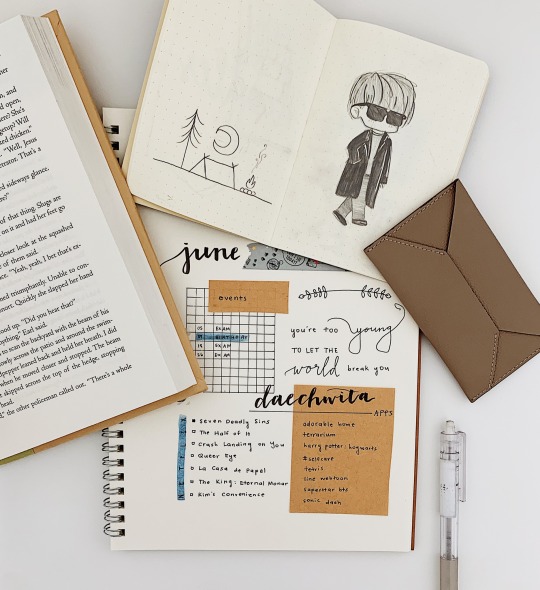

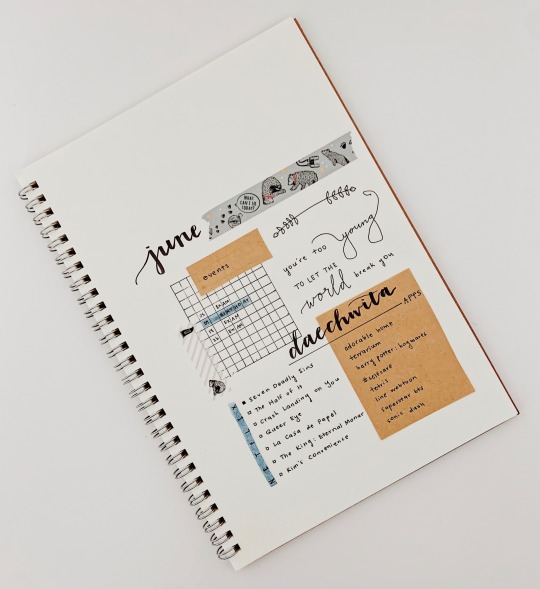
bullet journaling and books //
I made a list of shows I want to watch this month and games that I've been enjoying in my free time
I'm also rereading one of my favorite books (Saving CeeCee Honeycutt), which always makes me feel happier
insta: goblinstudies
// listening to: "Psycho" by Red Velvet
3K notes
·
View notes
Photo
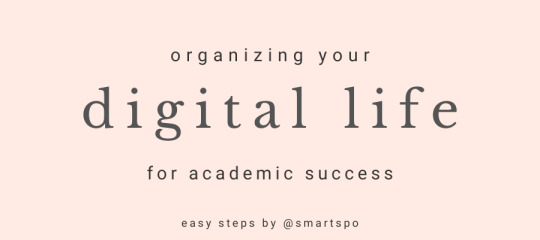
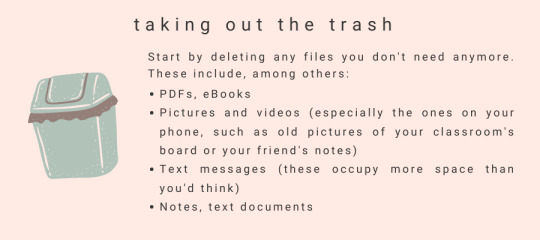
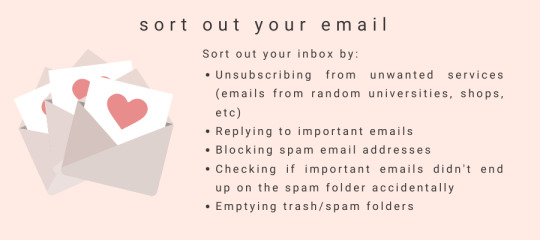
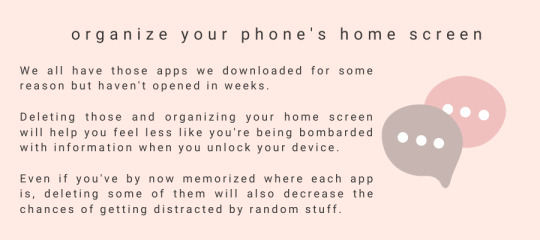

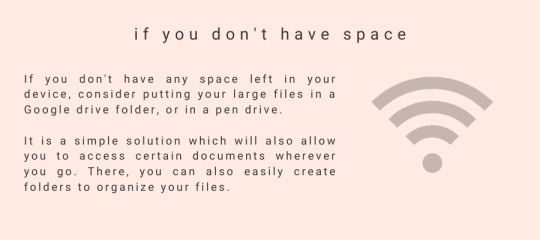
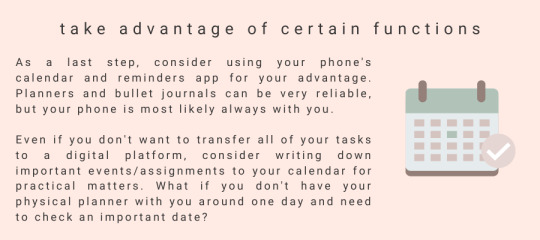
some easy to follow tips on how to organize your digital life for a stress-free experience while trying your best at school! ✨📖
other posts:
advice on choosing your major
self-studying in three steps
being productive at home
10K notes
·
View notes
